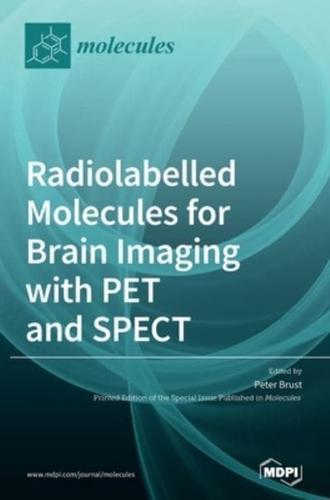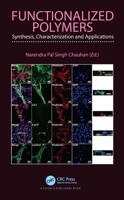Publisher's Synopsis
Positron emission tomography (PET) and single-photon emission computed tomography (SPECT) are in vivo molecular imaging methods which are widely used in nuclear medicine for diagnosis and treatment follow-up of many major diseases. These methods use target-specific molecules as probes, which are labeled with radionuclides of short half-lives that are synthesized prior to the imaging studies. These probes are called radiopharmaceuticals. The use of PET and SPECT for brain imaging is of special significance since the brain controls all the body's functions by processing information from the whole body and the outside world. It is the source of thoughts, intelligence, memory, speech, creativity, emotion, sensory functions, motion control, and other important body functions. Protected by the skull and the blood-brain barrier, the brain is somehow a privileged organ with regard to nutrient supply, immune response, and accessibility for diagnostic and therapeutic measures. Invasive procedures are rather limited for the latter purposes. Therefore, noninvasive imaging with PET and SPECT has gained high importance for a great variety of brain diseases, including neurodegenerative diseases, motor dysfunctions, stroke, epilepsy, psychiatric diseases, and brain tumors. This Special Issue focuses on radiolabeled molecules that are used for these purposes, with special emphasis on neurodegenerative diseases and brain tumors.












